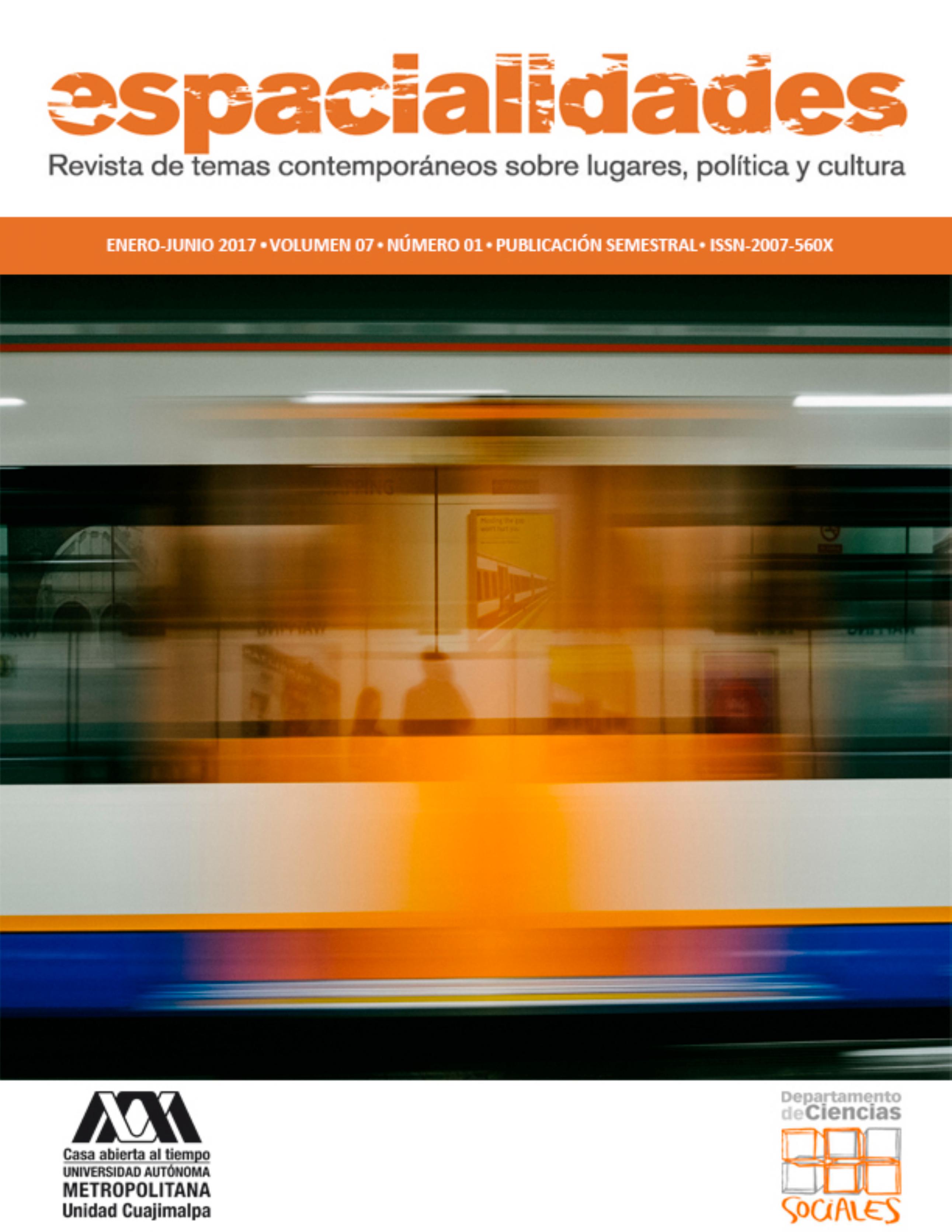Reserve Urban Spaces: The Political Economy of the Housing Foreclosure Crisis in the United States
Main Article Content
Abstract
Over the last ten years, cities in the United States have experienced a sequence of rapid growth in residential development and homeownership rates followed by a historic economic recession and housing crisis. This paper advances the proposition that urbanization processes in the United States are linked to and dependent on “reserve spaces” of development that function to: a) absorb fluctuations in housing market cycles, and b) to allocate risks and costs in ways that disproportionately and negatively affect areas with higher concentrations of socially and spatially marginalized groups. In such regard, the paper suggests that “reserve spaces” are not mere by-products of boom and bust cycles, nor are they agents that drive processes of urban expansion and contraction, but rather, that they are the spatial manifestation of the political economic order and necessary inputs for sustaining such order. The paper links the concept of reserve spaces of development to previous empirical and theoretical studies, and tests this proposition by showing that areas that incurred high foreclosure rates were those that absorbed high growth rates during the real estate boom years, experienced high housing costs, and were socially and spatially marginalized. Findings also indicate that the dynamics associated with reserve urban spaces —as exemplified in the housing foreclosure crisis— have distinct social dimensions that put low-income minority and new-buyers at further disadvantage.

